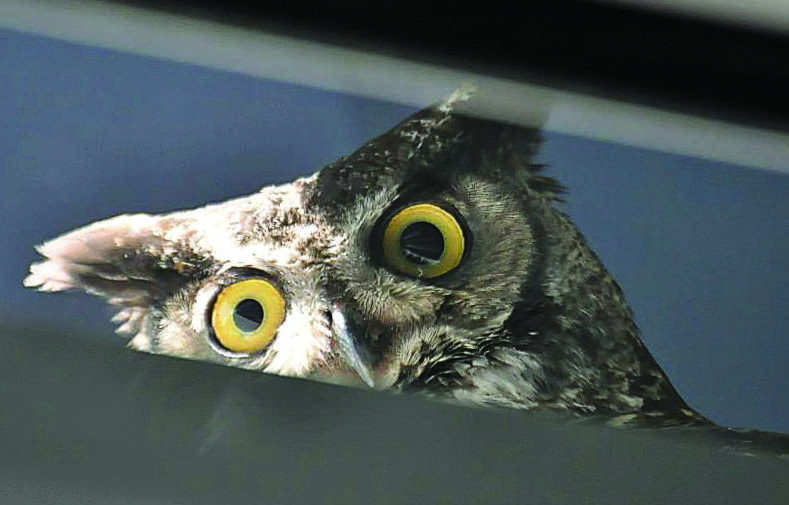With the warm welcome of Spring, Mesa College has experienced a great number of new visitors on our campus. Every year we get new students, faculty, and staff members. Likewise, every year we get new birds that make our college campus their temporary home.
According to Jim Hannan, biology professor at Mesa College, each species of bird on Earth has a geographical range within which it lives. Within this geographical area, they are not uniformly distributed, but rather clumped around resources that they are adapted to. Mesa College is surrounded by two major natural habitats: the chaparral and the wet canyons that allow for birds to survive, and thrive.
Because of the copious amount of native and non-native flowers planted around campus to aid in botany and ecology studies, many different pollinators are attracted to Mesa College. Of these pollinators, Mesa College has attracted among the smallest of birds, the Hummingbird. Hummingbirds are most easily identified by their elongated tapered beak which they use to feed on nectar deep within flowers. A few hummingbirds have been spotted near the Math & Sciences building because they are attracted to the flowers outside the building which are now in full bloom.
In addition to the hummingbird which acts as a pollinator on campus, Mesa College has had the privilege of housing a nest of Ospreys, spotted out near the tennis courts and athletics fields. According to the Cornell Lab of Ornithology, Ospreys are very large, distinctly-shaped hawk. The Osprey feeds in Mission Bay where it dives to catch live fish and then carries them back to Mesa. According to Hannen, the osprey population almost completely died out of the greater San Diego area due to eggshell thinning caused by the widespread use of the insecticide DDT. Since DDT has been banned from the US in 1972, the Osprey has subsequently slowly repopulated San Diego.
Perhaps the most commotion has been stirred about the Great Horned Owls perched right outside the Math and Sciences building at Mesa College. The Great Horned Owl is most commonly known for its intimidating yellow-eyed stare and its deep hooting voice. Because the Great Horned Owls are cliff or tree nesters, they have made themselves comfortable in a nest high above the ground. Hannan states that Owls are known to be highly territorial and their diet consists mainly of small mammals, roosting birds, and nocturnal snakes.
According to Christina Burnett, adjunct biology instructor at San Diego Mesa College, the Great Horned Owls took over a nest that originally belonged to a pair of ravens. Because of this, the ravens have been spotted by many searching for another place to build their homes.
Ravens are most easily identified as massive black birds, more slender than a crow, with a diamond shaped tail. Like the owls, Ravens are also extremely territorial. They are a common and widely spread species. According to the Cornell Lab of Ornithology, Ravens are scavengers, meaning they are a carnivorous animal that feeds on dead organisms in addition to hunting live prey. They will eat basically anything they can get a hold of.
Birds have fascinated people for centuries with their songs, their behavior, and their beauty. They are ever-present and very accessible. No matter what season, birds will always be present in order for human beings to study and understand natural history.


